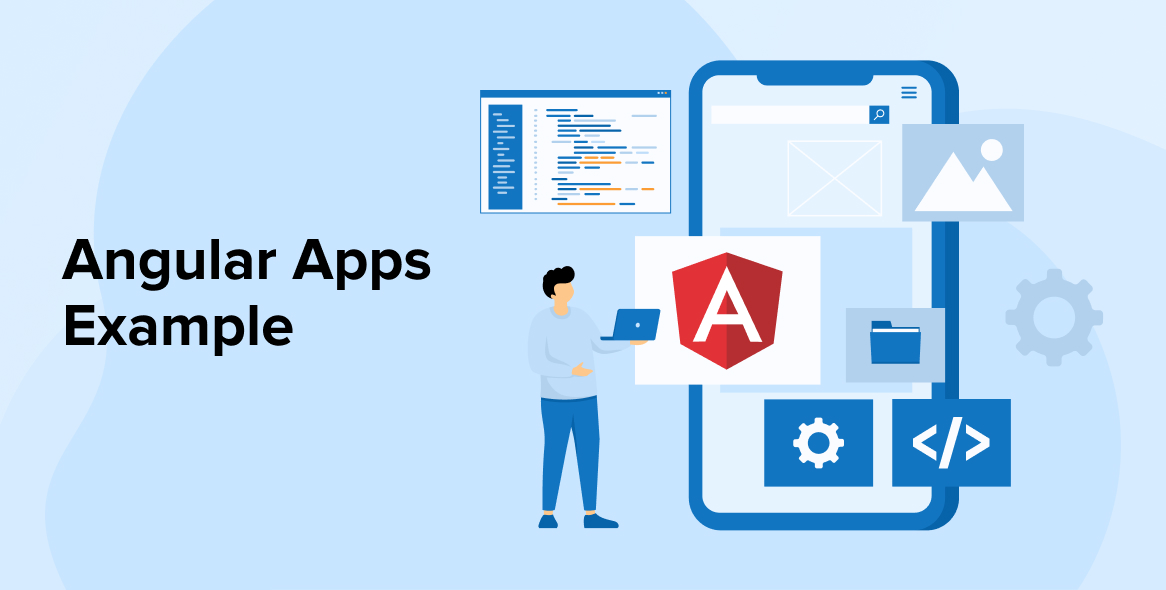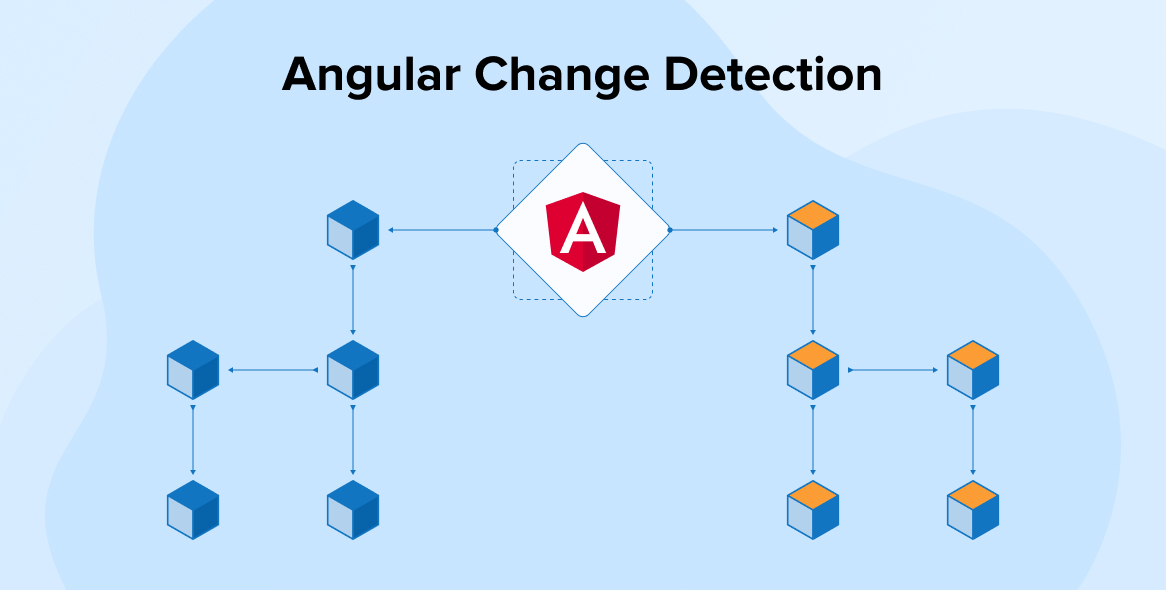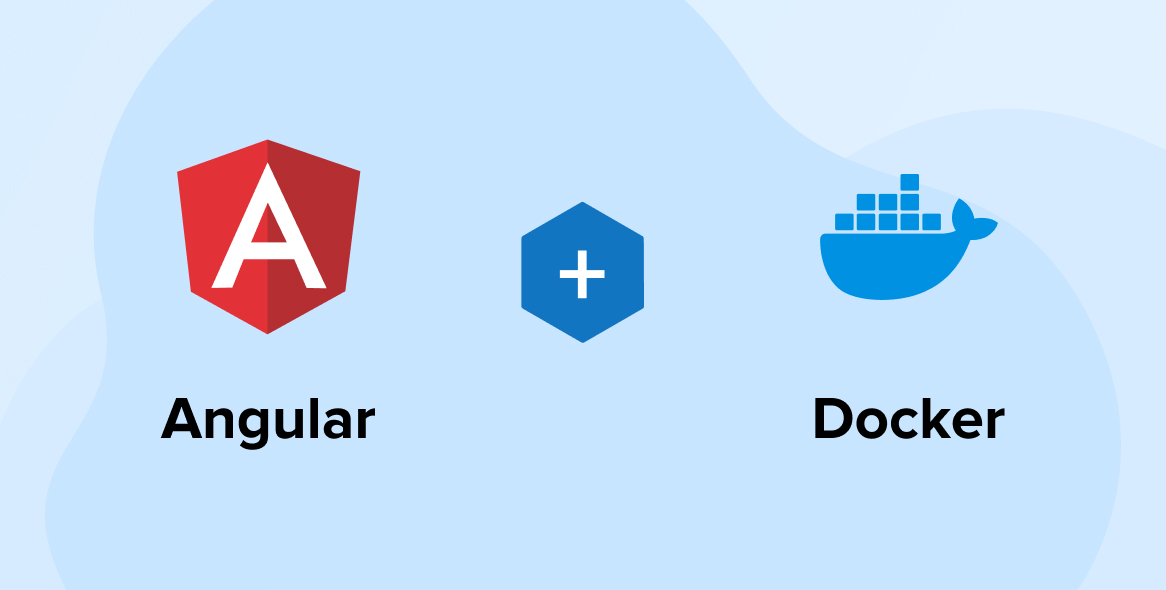
Initially, Angular technology was created keeping the objective of developing dynamic SPAs (single-page applications in mind. Angular allows developers to develop Enterprise web apps, mobile apps, Progressive Web Apps, and much more. Some of its core aspects include two-way binding, RESTFul APIs, AJAX handling, Virtual DOM, MVC architecture, templating, dependency injection, and whatnot Apart from all these unlike other technologies, developers aren’t required to seek support from third-party libraries.
However, you will come across several articles and posts on the benefits of choosing Angular for your development project, best practices in angular, why Angular as a framework is better when compared to other frameworks like React and Vue, etc. The following post is not such a typical one, it emphasizes the future scope of Angular.
1. The Bright Future of Angular
Since its inception in 2021, not so long ago, Angular 12 has created a massive fan base across the globe. the future of Angular is extremely bright!
Over these years, Angular has proved again and again its worth across the globe. So what’s all available in Angular 12? Right from nullish coalescing templates to enhanced documentation, strict typing becoming the new default, Webpack 5 incorporation, inline SaSS support, and whatnot.
With several requests from Google and the Angular community, The future of Angular is bright, and there must be several developments based aspects lined up on the horizon.
1.1 Strict Typing
Implementing a stricter type can assist in conducting better developer ergonomics. By developer ergonomics with strict typing can result in more and more issues being caught while developing the project and not afterward.
1.2 Zone.js Can be Optional
Earlier it was next to impossible to opt out for Zone.js but not anymore. Today, the Angular team can easily reduce the app bundle size and enhance its debugging by using native async. Also, any changes detected in between can be carefully re-rendered.
1.3 Reduce Framework Overhead
Removing legacy View Engine has been pure bliss. It surely leads to lower maintenance cost, smaller package size, less complexity, and whatnot!
1.4 Test Times and Debugging
The automatic test creates better isolation across tests. Once a test runs, all one requires to do is change the TestBed. This automatically cleans everything up and effectively reduces build times.
1.5 Using ngc
Another sure-shot way to substantially improve or enhance a developer’s build performance and reduce maintenance cost is by diffusing the compiler (one in Angular) as a plugin of the Typescript compiler.
1.6 Optional NgModulars
Now to develop standalone components and implement alternative API’s simultaneously is possible – all thanks to Optional NgModulars
1.7 Adding Directives
This feature allows enables developers to develop standalone components. Here hosting elements becomes a cakewalk as they can add directives seamlessly. Also not to mention here one doesn’t require to use inheritance.
1.8 Ergonomic Component Level Code-Splitting APIs
One of the major yet common turns off in any web application is the slow load time. And that’s the reason why experienced Angular developers choose to incorporate granular code-splitting. For creating an effective faster launch time just ensure to incorporate the code on a component level.
2. Difference between Angular and AngularJs
Created by Google, AngularJS has become one of the crucial JavaScript frameworks. Right from being easy to use to seamless and simplified development procedures, supports Javascript ES6, Angular offers it all! With AngularJS (released in 2016 also known as Angular 2), creating web and mobile apps featuring modular and responsiveness is possible.
Angular as a front-end framework is a comprehensive term mainly used for all the versions of Angular which got launched after AngularJS (Angular 1), including a version from Angular 2 (everyone had to relearn everything when Angular 2 was released) to Angular 10 (all of them have an Ivy engine). Overall, the technology thoroughly relies on Typescript – The previous version was based on JavaScript.And that’s the deal-breaker!
Certain features and updates on the newest version of Angular:
- Adding Directives to host elements or extend HTML Attributes
- Two-way data binding
- Expressions to bind data to HTML
- Rendering of HTML
- Unit testing
- Composability
- Ivy everywhere
- TypeScript
- Hierarchical Dependency Injection
- Event-handling
- Scope to control variables
- Routing
- JQuery libraries
- Controllers
- i18n improvements
In Stack Overflow’s 2019 Developer Survey, Angular is known as one of the most prominent web frameworks across the globe. It may quite interest you to know that the tech giant, Google ensures to use the framework for Google Cloud Platform and AdWords. And this list does not end here several Porsche names such as Samsung, Delta Air Lines, BMW, and Forbes must be taken into account.
Since every framework is of a kind, now let us cover what makes Angular worth a try when conducting your first web application development project in the future.
3. Why Use Angular?
Here are a few reasons why you should use Angular in your development.
3.1 Out of the Box
As mentioned earlier, developers no longer need the support of third-party libraries to get the work done. The default setup offered by Angular is all you need. Whether you want to fetch the data, conduct a routing process, or do any other kind of testing process, Angular’s preconfigured environment is ready for all your activities. Instead of those third-party libraries, All you need is the official Angular library, Also, with Angular better security and high code quality are bound to be received.
3.2 Code Splitting APIs
Previously, projects used to take several months, especially when conducted with other frameworks. But with Angular, things are pretty smooth and easygoing. Angular requires splitting the app into several MVC components ( Ergonomic Component Level Code-Splitting APIs) which allows developers to catch more issues during development time and solve the issue beforehand like slow initial load time. It also Improves the speed and reduces the bundle size From there, the framework takes over because you do not require additional coding. It also helps to bring down the test time and reduce maintenance costs.
3.3 Automatic Test Environment Tear
With Angular, testing is pretty simple and easy-going. All the application parts can be easily altered. To perform the automatic tests, it is vital to load necessary services by using module separation. Moreover, if you are following the “one file-one module” principle. it’s better for you as you don’t have to remember the loading order.
3.4 Easy to Learn
If you want to get started with technology, look no further than Angular. Wondering why? The tech comprises some HTML attributes so if you are well-acquainted with those who can accomplish your first app in no time.
3.5 Code Consistency and Reusability
Code consistency is very important. It is considered as one of the fundamental attributes for successful development. In Angular to drive consistency, we have the Angular CLI command line Interface and documentation style guide. With the help of the Angular CLI tool, developers can easily initialize projects, also allow developers to perform rigorous tests (like test run), and indulge in a wide range of diversified features at once. Also, all these activities can be performed by keeping everyone on the same page.
Moreover, with Angular, you don’t have to spend more time, energy, and money. You see unlike other technologies, this one emphasizes pure reuse of the code. This reuse does result in further simplification of the development process. Also, among shorter code, more functionalities can be added. The reuse of code does result in improved productivity.
Apart from all this, you have a large community at your service. Everything from basic pieces of information to solving major issues can be taken care of. All the queries can be taken care of ASAP, the community also provides support in case of a mistake committed by an angular developer.
4. Which Projects Can Benefit From Using Angular?
Following are the projects benefit from using Angular:
4.1 Enterprise Web Apps
Several businesses are found trending towards these applications. Speaking of which, Typescript comprises all such features that act as a must for developing large-scale projects. Your web applications must be equipped with features like auto-completion, advanced refactoring, and navigation.
4.2 Apps Featuring Intimidating Content
Since the tech was meant to create SPAs, It had a wide range of tools for SPA development. If you want to change the content dynamically, Angular is the best technology to consider. As it works highly on the basis of user behavior and preferences. With the help of Dependency injection, a wide range of components can be combined.
4.3 Progressive Web Apps
Angular is best when it comes to creating PWAs. Web applications can be easily transformed into progressive web apps with the help of New CLI.
5. Conclusion
Angular is a good solution for developing apps that are both quick and dynamic. It has made great strides ever since the early part, and it continues to improve with each passing year.
Applications built with Angular are fast, straightforward to use, and provide the performance necessary to thrive and develop a brand efficiently. The majority of enterprises have learned that adopting angular to design web and mobile applications enables companies to create a robust and aesthetic UI.
The team of developers at Tatvasoft has been leveraging the art of Angular for years to aid in our clients’ successful outcomes. Contact us for your one-stop software development outsourcing solutions!






I was under the assumption that Angular is slowly dying due to tough competition from other frameworks like React and Vue, but to my surprise, it is not so. In fact, it is the second most used web framework by developers around the world. What makes it stand out from the crowd are its features like easy learning, simple testing, splitting apps into several MVC components, and inbuilt tools. Thanks for the information though.